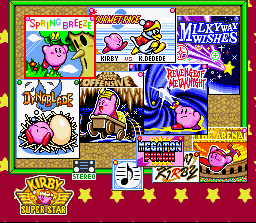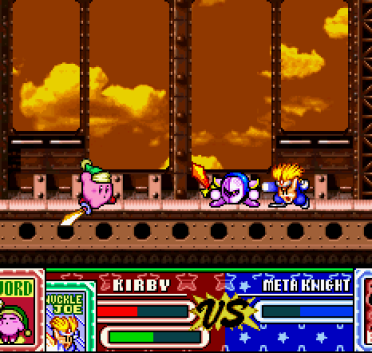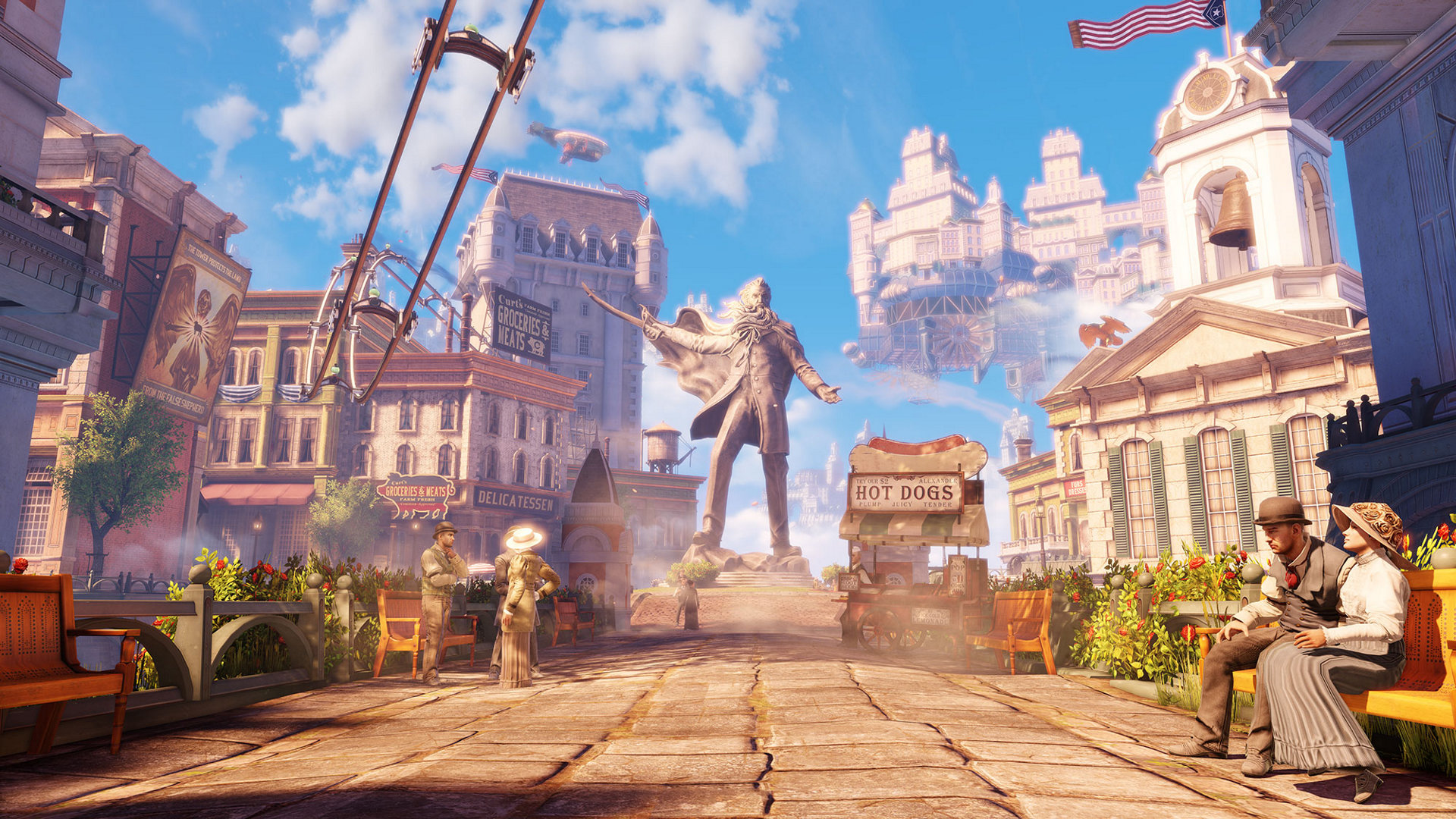This weekend we here at The Lifecast went to the 5th Boston Festival of Indie Games–or FIG for short. Not only was this my first FIG, but it was my first event as a member of the media/press, making this event all the more memorable for me. Not that I needed that for this event to be memorable by any means, because there were a myriad of amazing indie games–both tabletop and video–to play. The event was hosted by the MIT Johnson Athletic Center in Cambridge (which neighbors Boston) and hosted thousands of indie game developer teams and players who came to find out about all the new and upcoming indie games: Here are the titles I had the opportunity to play.
Cheer Up

Upon entering the venue, we were greeted by Cheer Up–a simple but hilarious tabletop game. One person draws a question card–alongside the question, it’ll say what kind of cards the players need to use to answer it. A detail (D card), thing (T card), or action (A card) and in what order they need to go. The player draw 2-3 of the cards they need and use the cards to answer the question. The person who drew the question then draws a rule card to mix things up a bit–things like swapping cards, maybe you have to do something while you answer your question, etc. Hilarity ensues, and it absolutely did when we played a few quick rounds. Although a black and white printable version not featuring the cute face of the dev’s dog Niko is available for download on their site for free, the full, color version that we played isn’t available yet. We talked a bit with the dev who said he’s hoping to put it on Kickstarter soon–hopefully early October if everything goes well–and we definitely had a fun time with it, so we’ll definitely be on the lookout for it. I also need to thank the dev who was giving out free coasters just as I was thinking I needed some in my new apartment just the day before–so I think that was one of the funniest moments of the whole festival for me.
Now Everyone Get the F%$# Out!

Developed by Star Cap Games, I’m actually no stranger to Now Everyone Get the F%$# Out! (henceforth FOUT.) There’s a monthly gaming event here in Boston called Game Over. It’s mostly a few fighting game tournaments, but there have been set ups for Rockband, Magic: The Gathering, and other tabletop games in the past as well–including FOUT. Although I haven’t been to every Game Over since they started the event, I do go to as many as I can and I’ve made it a point to always look for where this game is set up. I always have so much fun playing it. Inspired by a wild house party thrown by the dev during her sophomore year of college when her roommate was desperately trying to study for a final she had the next day, FOUT is a game where you and your fellow players are trying to get people out of your dorm party so you can study. Everyone has a number of people in their room, and you’re given cards with party items (EX: bouncy house, pet rock, pizza, etc.) and each of those items has a fun rating. The higher the overall fun rating of your room, the more people there are. The person with the highest fun rating is the party animal, who gains people in their room at the end of each turn. The person with the least is the nerd, and they lose a person at the end of each turn. Of course there are items and event cards that can mix things up, as well. The aim of the game is to get everyone the f%$# out of your room so you can study. According to their facebook page, all the copies available of FOUT were sold at Boston FIG, but there are plans for making more.
Fall of the Last City

Marred by a very lengthy explanation of the game that ultimately didn’t do us much good, this was definitely one of the more fun tabletop games we played at FIG. Set in a post-apocalyptic world and developed by Christopher A. Barney, Fall of the Last City was surprisingly the most competitive game I think we played at FIG. Using paths, bases, and soldiers, the aim of the game is for the last city to be taken over. You and your fellow players will try to create paths to get to the city, and take its resources and citizens to join you and help you get soldiers. Where this game shines, however, is in its alliance system. In a way that reminds me very much of the Nonary Game in Virtue’s Last Reward, when you cross path with another player, you have the option to challenge them. When in a challenge, you can ally or fight. If both players ally, then you exchange alliance tokens and you can freely use each others paths, and you both get resources from the city. If one person chooses to fight and one to ally, then the player who chooses to ally will lose a base and a number of soldiers. If both players fight, then the one with the fewest soldiers on hand loses those soldiers as well as a base. Having alliance tokens helps you win at the end of the game, so you’d think that everyone would just want to ally all the time, right? Wrong. Reducing the number of soldiers your enemies have–not to mention taking one of their bases–is a very alluring idea, so it made for lots of strategic and competitive fun during the game. This game has a lot of complex rules that take a bit to get used to, but once we got the hang of it, it was a very enjoyable game.
This game was originally intended to be an Ingres-esque board game on Google Glass, the dev explained to us, but as Google Glass became increasingly less popular, the idea of making it a tabletop game appealed more and more. Wanting it to be something Mad Max-esque and something more physical–something that wouldn’t require a large team of artists, but rather, something the dev could make with his hands–the idea eventually evolved into what it is now. Fall of the Last City isn’t available for purchase currently, but the dev explained to us that he hopes to have it on Kickstarter by the end of the year if everything goes well.
Kung Fu Shadow Fist

The first Vive game that any of us had played, Kung Fu Shadow Fist is a VR game being developed by Digital Precept. It’s a simple game where you use the Vive to fight off dozens of training dummies–a VR version of an arcade brawler. There’s no complex gameplay, the devs explained to us, and it’s a game focused on the speed of your hits. You don’t need to be a martial artist to play this, either, because you can slow down the speed of the game if you want. The game is meant to feel like an 80’s action movie where you’re fighting off a lot of bad guys, and rather than fighting one guy with 100 HP, the game wants you fighting 100 guys with 1 HP, they added.
Sure enough, it was exactly that. A really fun VR arcade brawler. My only complaint was that the shadow step mechanic, which is used to rapidly move you from one spot to another, still felt really unfinished since I never felt sure about where it would land me and at what speed. You can play this game without that mechanic however, and aside from that, was really fun. It’s currently in its early alpha stage and on Steam Greenlight.
Perception

This was the game I had by far been looking the most forward to. I’ve made it no secret that Bioshock 1 and Infinite are my favorite games of all time, and this game is being produced by a team led by the lead level designer of Bioshock 1 and design director of Bioshock Infinite, Bill Gardner, and his new team, Deep End Games. Set in Gloucester, MA, Perception is a first-person horror game in which you play as a blind woman, Cassie, as she tries to find her way through a haunted house using nothing but her limited sight and echoes. While she’s there, however, she starts hearing things, and it quickly becomes clear to her that she’s not alone. Lots of research was put into the idea of using echoes to find your way through the area, Gardner explained to me, because it’s an idea he had been considering for years but wanted to confirm it was a real thing that people can and have done–and it is. Gardner explained to me how he even met up with a teacher from World Access for the Blind who explained it in full detail to him so he could fully capture it in Perception.
Just as the Bioshock games have a focus in their beautiful, detailed narratives, so does Perception. It’s very clear that (for obvious reasons) this game takes narrative inspiration from the Bioshock games, as there are tapes–audio diaries–you can find and listen to throughout the house and listen to that helps tell the player about the previous owners of the house and piece together what happened. Gardner explained to me that he wants to make sure that the narrative is clear in Perception, as there seemed to be a bit of confusion regarding the ending of Bioshock Infinite–therefore, he’s trying to step up from Infinite and make this narrative as wonderful as he can. Also similar to Bioshock, this game has a very rich, detailed area that it takes place in that’s practically a character itself since you find yourself so invested and interested in this house and what possibly could’ve happened to it.
This game is much like a game of cat and mouse, he explained to me. As mentioned before, Cassie isn’t alone in the home. There’s something else with her–a Presence. And when the Presence appears, you have to hide. As mentioned before, Cassie is blind and finds her way around by echoes. When you tap something–when you make an echo–an otherwise dark room will be clear to you for a few seconds Or, if there’s something in the room that makes sound (EX: a ticking clock) you can see things using that echo. It’s about your relationship with the space, and you’ll familiarize yourself with it, Gardner said. If you make too much noise, the Presence could come out, so there’s a level of risk involved with using the echos which only adds to the constant suspense looming in this game. I can’t wait to play this game once it’s complete, because there aren’t many games–let alone demos–that got me feeling the same sense of dread and nervousness that you feel in Perception. As a horror game, Perception has already very much succeeded.
This game was Kickstarted in May 2015 and is currently available for pre-order on Steam. Gardner indicated that he was hopeful about an early 2017 release date, and hopefully, an eventual physical release date. There was a lot of time and love put into this game that you can see (or hear, rather) in every inch of this game. This was, by a large margin, the finest game I played at Boston FIG this year.
Tailwind: Prologue

Tailwind: Prologue immediately stands out with its creative concept: It’s a shoot-em-up game being developed by Cipher Prime. Rather than being a typical shoot-em-up that relies on finding a sweet spot to shoot from and moving forward, Tailwind throws it all on its head by reversing everything: It’s a shoot-em-up about a falling ship that focuses on movement and melee attacks. The dev called it “An aerial ballet.” Gameplay was very tight and from the few minutes of this game I played, I could already tell it’s a very unique experience. Visuals were gorgeous, colorful, and minimalistic. As the dev explained, they took aesthetic inspiration from games like No Man’s Sky and Fire Watch. This game was originally a Humble Original exclusive during April. Unless you were lucky enough to get it then, there’s currently no other way to get it currently, however, the dev explained that they’re currently looking into ways to add a multiplayer option and campaign mode.
Inari
One of the most visual games I played, Inari is an upcoming mobile title devloped by Spectrum Studios about a fox god whose shrine is destroyed. When the shrine is destroyed, so is the light shard–which you must now find pieces of throughout the game. A very solid 2D platformer, the devs explained to me that they wanted to make a mobile game that was aesthetically appealing, had solid gameplay, and a good soundscape. There’s a particular focus on the beautiful soundtrack which was developed by Zhao Shen, who helped make this game all the more immersive. There aren’t that many immersive mobile games out there, the devs explained to me, so they wanted to make a mobile game that had that sense of freedom-as though you’re soaring–and immersion. When I tried the demo, sure enough, it was a very gorgeous game with a wonderful soundtrack, and although the gameplay was very basic, it was also very tight and very solidified. This game shows a lot of potential–especially now that mobile games are starting to become a much bigger market. The game is currently in a private beta that’s still taking sign-ups, but if everything goes well, should be out in early 2017 or Spring.
Maze Racers

This was a pretty interesting game–it felt really finished, and honestly like a game that you’d find on the shelf of the board game section of a major retailer. Developed by FoxMind Games, Maze Racers is a simple game: Using pieces of foam and your board, create a maze for a ball to get from point A to point B that your opponent has to figure out. The board is magnetic and there are magnetic strips at the bottom of the foam pieces, so everything fits really well–additionally, you’re given a little cylinder the same width as the ball so you can make sure it fits. Once one person’s maze is done, your opponent has a minute to finish theirs before you switch. The first person who can solve their opponent’s maze by getting the ball from start to finish and back again is the winner. It was simple, creative, and like I said, already seemed very finished. The game is currently available for purchase on Amazon.
Dragoon

I didn’t get to play a full round of this game because the festival was beginning to close down, but I played it long enough to know that I enjoyed it very much. I’m clearly not the only one who enjoyed it, because it’s won awards at FIG in the past–which immediately got my interest. Developed by Lay Waste Games, Dragoon is a 2-4 player game in which you play as a dragon trying to hoard treasure and take over villages and towns. A simple, but charming concept. Each round of turns has 3 phases: Populate, Action, and Tribute. During populate, new villages and towns up for the taking appear. During action, each player takes their turn–they can move, play cards to cause events, take gold, towns, and villages, etc. And during tribute, you and your fellow players collect the gold from your villages and towns. The first player to 50 gold wins.
There’s currently a special edition of the game up for pre-order now on the site that ships in October–it’s the version I played at FIG, and I’ll vouch: It’s a very well put together game. It seems like a game that would work very well if it were also mass produced and sold at major retailers since it’s very easy to jump into and have a lot of fun with.
My Verdict: The Best Games I Played

Although some games were better than others, I didn’t play any bad games at Boston FIG. Every game brought me some kind of enjoyment, and I left the festival very thankful for that. I had a great deal of fun at Boston FIG, and I’ll certainly try to come back to it next year as well. There were a great deal of game devs already at the festival, but I’d love to see this event become even bigger–perhaps getting so many devs that it becomes a 3-day event that requires a convention center–very akin to PAX East. I think it would work especially well that way because PAX focuses on triple A titles, and though there are plenty of indie games, yes, wouldn’t it be amazing to see an entire convention center of nothing but indie games? The festival seemed all too short, so if nothing else, I wish it had gone later into the evening than it did.
Favorite Video Game: Perception
The most realized, professional game I played at FIG, Perception seems like it will be a fantastic game once it’s complete. It’s creative, clever, suspenseful, and gives the player such an unparalleled sense of fear I haven’t felt from a game in quite a while. If you haven’t already been keeping an eye on it, you should be now.
Favorite Tabletop Game: Dragoon
Although I didn’t get to play it for long, it became immediately clear why this game is so beloved. It’s a very creative concept with solid rules and it’s really easy to have fun with. My only nitpick with it is that I wish it could host more than 4 players.
![Image result for space jam [playstation game]](https://i1.wp.com/www.loveroms.com/assets/data/playstation/space-jam-u-slus-playstation.jpg?resize=600%2C600&ssl=1)














































